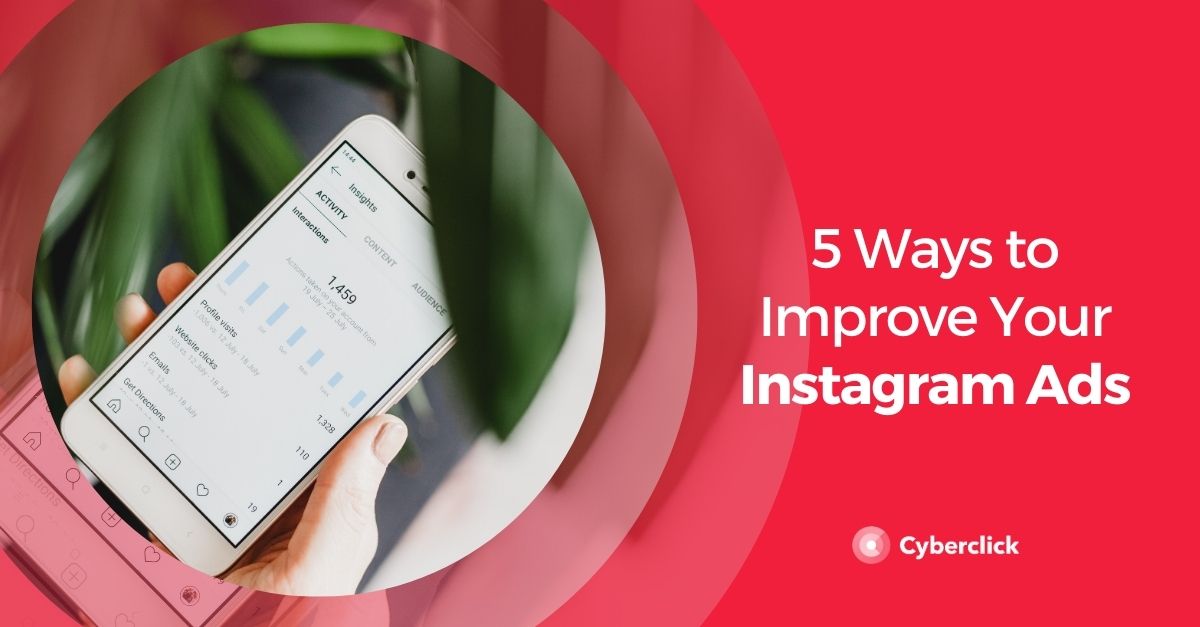Making a great advertising campaign is not only a matter of creativity but also of smart strategy.
In the advertising and online marketing sector we often work with tight deadlines and demanding objectives, which means that everything has to be managed efficiently. When we face the challenge of designing a campaign for a new or existing client, it's essential to have a step-by-step plan to guide us on the path to success.
1. Define the Objectives and Requirements
There is a magic ingredient behind the best advertising campaigns: communication with the customer. From the get go, we have to actively collaborate to understand what your needs are and how we can help you meet them.
Firstly, the client and agency must work together to define the goals of the campaign. These goals have to be in line with the entire marketing plan of the company, so it is very important that the client provides all the necessary information in this regard.
In order to know how to design good objectives for our advertising campaign, we can use "SMART" goals:
-
S for specific. Objectives that are too general, such as "improve sales results", are of little use. Each objective should refer to a specific area, for example, "increase the number of leads obtained through Google searches by X percent".
-
M for measurable. In marketing, what cannot be measured does not exist! It is absolutely essential that the objectives have concrete metrics associated with them because only then will we know if we are on the way to achieving them or if we need to change course.
-
A for assignable (with a person in charge). For objectives to be met, someone has to be responsible for them. Clearly defining who is in charge of each section will set us on the road to success.
-
R for realistic. A common mistake is to set objectives without taking into account existing resources and constraints. While it is always good to aim high, excessive targets only demoralize the team. It may be advisable to set different performance ranges for objectives, e.g., minimum, achievable and ideal.
-
T for time-bound. A good marketing objective is time-bound, as this is the only way to monitor and ensure that it is met. In addition, having deadlines helps organize the work and provides motivation for the team.
Another conversation to have with the client in this step regards the requirements of the campaign meaning what aspects to include or avoid, what resources are available, etc.
2. Writing the Briefing
After this dialogue between the agency and client, the next step is to collect all relevant information about the campaign in a briefing. At minimum, this document should contain the following sections.
-
Target: who is this campaign aimed at? As a guideline, we can develop a "buyer persona" that gathers the demographic and psychographic aspects of your ideal customer, the challenges they face, and how your brand can help them overcome them.
-
Product: the objective of the campaign should be described in detail here, whether it is the launch of a new product or service, a special promotion, a new brand image, or anything else. The agency must work with the client to understand the product or service's characteristics, weaknesses, and strengths.
-
Market research: that is, how the product or service is framed within the sector and with respect to the competition. There are a variety of resources we can draw on, from public data on the industry to in-depth interviews with people in the target market. Essentially, what we are looking for is to get a sense of place and understand what types of campaigns work best with the target market.
-
Timing: the key dates of the campaign (e.g., product launch date in the market or media spot) and the key tasks to be performed in order to meet the deadlines.
-
Budget: here it is essential that the agency and client can discuss and reach a figure that is satisfactory for both parties.
3. Develop the Proposal
With all the information we have gathered in the previous steps, it's time for the agency to get to work on the creative proposal. At this stage, communication with the client remains critical so that expectations are aligned.
To begin, the concept proposal gathers the key selling points of the product or service that need to be communicated and translates them into a creative idea for the campaign. Then both the copy and the various artistic or graphic elements are developed. Of course, the campaign can also include videos or interactive elements.
The proposal is then taken to the client for final approval. In many cases, the client will ask for changes to the creatives. Once again, it is essential that there is fluid communication between the client, agency, and creative staff in order to achieve a final campaign of the highest quality.
4. Develop the Media Plan
The media plan is a fundamental document in the organization of an advertising campaign.
To develop this plan, we must start by analyzing of the targets we identified in the briefing. If we want to reach them, we must identify the media they consume. To carry out this analysis, we can choose between media audience profile data, sectorial analysis, studies such as the General Media Study, etc.
With this data, we can then select the media that will be part of the campaign. We will consider aspects such as media penetration, geographic segmentation, periodicity, and formats.
Within this media plan, digital channels will surely occupy a prominent or even exclusive place. We must pay attention to the digital habits of our target. For example, if they conduct online research prior to purchase or which social networks they use regularly.
A very important aspect to take into account is the quality of the messages and creativities for each media channel. At minimum, we must take into account the image and text formats required for each. Many times it's also very useful to get creative and adapt to each audience, exploiting all the possibilities of each media channel to the maximum.
5. Implementation
Time to launch the campaign!
If we have the timing right, we will have all the elements ready for the launch well in advance. Even so, it never hurts to do one or more final reviews to ensure that everything is in place.
Generally, campaigns are active during a previously determined period and, especially in the case of online activity, we can see the results in real time. It's necessary for the client and the agency to be in contact at all times to evaluate the progress of the campaign and react to possible unforeseen events.
It is also highly recommended to have a contingency plan for online reputation crises, with a series of actions and resources in case the response to the campaign is not as expected.
6. Follow-up and Conclusions
The work of an agency does not end when an advertising campaign is launched. In fact, one of the most important things remains to be done: tracking the results.
When defining the objectives of the advertising campaign, we will generally have defined a series of key performance indicators or KPIs. These are a series of fundamental metrics that indicate whether the goals of the campaign are being met.
The agency will set up a series of regular checks on these KPIs and communicate them to the client in the form of reports. In the event that targets are not being met, a meeting will be held to see what is happening and which aspects of the campaign can be modified.
Once the campaign is over, we will be able to compile all the information in a final report and draw conclusions about which aspects worked and which haven't. All this information will help us know how to make advertising campaigns more effective in the future. Ideally, the relationship between the agency and client will deepen and develop in order to work better and better together.
Social Account Manager at Cyberclick. Le apasiona el marketing, las redes sociales, leer y escribir.
Social Account Manager at Cyberclick. Passionate about marketing, social media, reading and writing.



.jpg)


Leave your comment and join the conversation